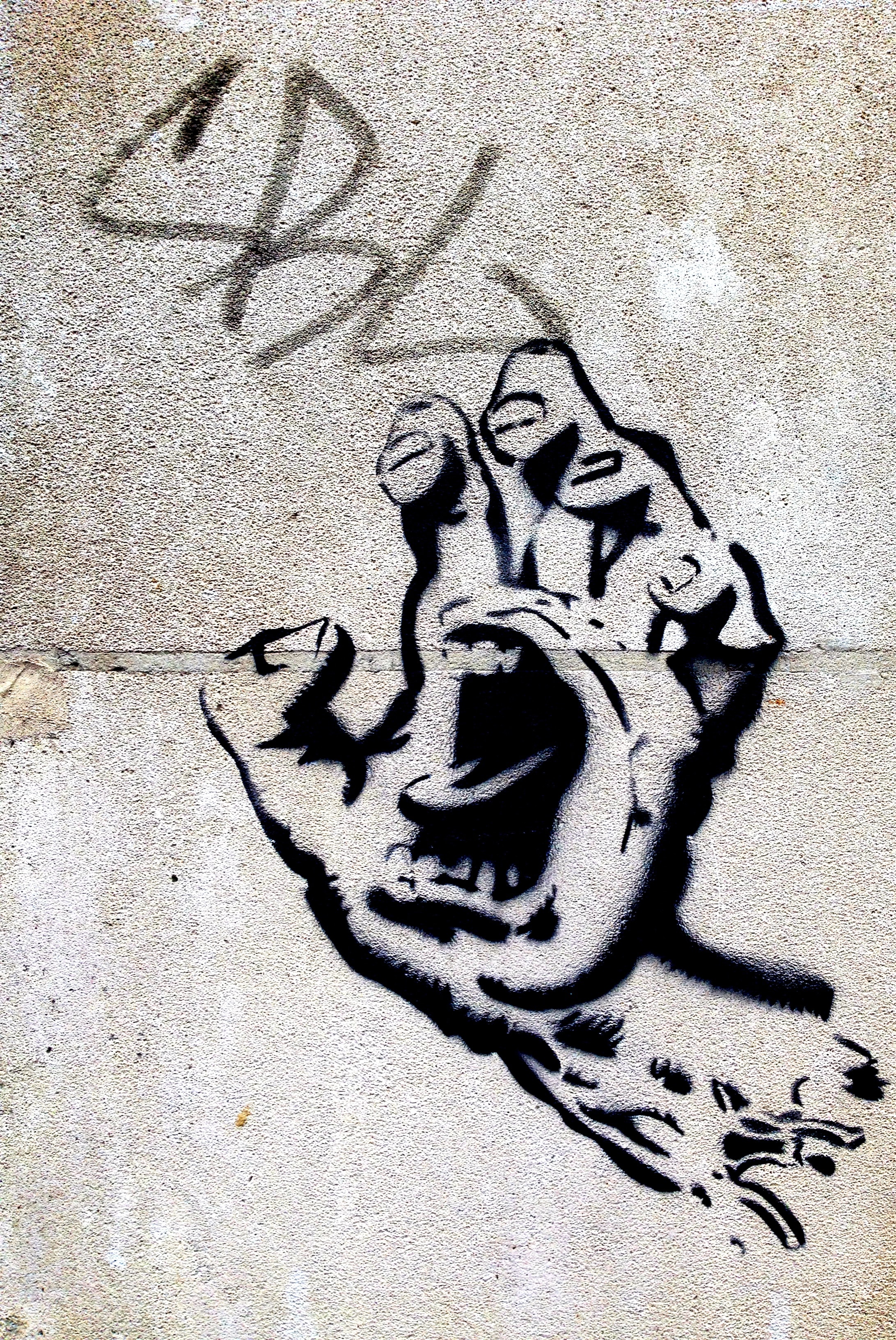Attention, Intention, Attitude: 3 Mindful Ways to Transform Anger

We’ve all heard the phrases about how hatred is really hurting us, like “drinking poison and expecting the other person to die,” or “hatred corrodes the vessel that contains it,” and we are that vessel. Intellectually, I imagine hearing a collective “Duh!” But emotionally, it’s much stickier.
How can we get those scratchy, jagged feelings out of our hearts and minds? Telling someone to “let it go” isn’t going to work. They need specific tools to manage that anger — some needle-nose pliers to pull out the jagged bits. Here are some of my go-to mindfulness tools, practiced over the course of many years on anger, and even sometimes on rage.
3 Ways to Access Peace in the Face of Anger
- Intention: It’s never as simple as “just let it go.” We need to set the intention to let it go. Sometimes, we hang onto anger because our righteous indignation gives us something we feel we need. However justified we might be in our anger, though, we need to let it go, for our own ultimate well-being. This doesn’t mean telling yourself that everything is now alright, or that the object of the anger or hatred is all of a sudden a saint. Instead, it’s an acceptance of the situation as being what and how it is, and deciding not to carry the weight of it anymore. Decide on not allowing real estate in your heart to be taken up by toxic waste. If we want to be part of the change we want to see in the world, we need to lighten our load so we can be effective advocates for that change.
- Attention: Concentrate your attention on specific tools that help you manage difficult emotions. When you notice anger coming up, pause. Take a few moments to rest your attention on your breath. Notice how your body feels. Listen to sounds in the environment. Take note of the temperature in the space, and what colors your eyes see in that moment. All these points of attention take your focus away from the feelings of anger, stopping them from running in a discursive loop through your brain and leaving you drained.
- Attitude: Set the intention to love yourself, to treat yourself as your dearest friend, and to allow yourself to rest, as poet Jane O’Shea describes, “in the hammock of [your] heart.”
Last but not least, hone your joy practice. Create a “joy list” when you’re first starting out with this practice so you don’t have to remember what brings you joy when you need something to call on. Eventually, it will be automatic.

A bath helps me, so if I’m somewhere with a bathtub, that’s a “go to” for me. I might phone a friend. I might get outside in nature or move my body.
I also love the simple joy of seeing photos of other people’s grandkids and dogs. I share in the feeling of joy that they must be experiencing over these beloved ones; I can feel it expanding like a balloon in my chest. That’s the feeling you are going for when you choose an activity that brings you joy — a truly joyful embodied experience. Then focus your attention on that joy to enrich and absorb it.
When you do so, you’re doing double joy duty because you not only revel in the moment, you’re also rewiring your brain for more happiness and resilience in the future. All those happy bridges prune out the negative ones and replace them with something positive.
Let’s all try to slow down a bit and take good care of us. We deserve the best, so let’s give it to ourselves. And from that place of peace and calm, we then have fresh energy to step up and make a difference where it matters most to us.

